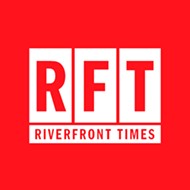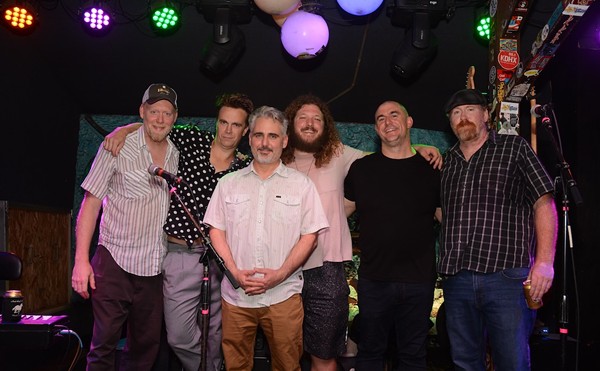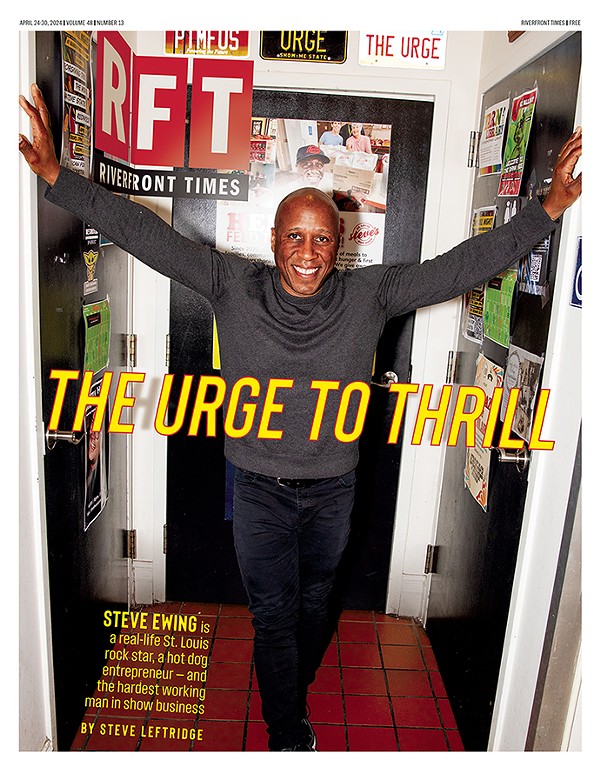History is interesting, but how history is recorded and decided on is mind-blowing. And the history of fashion is particularly intriguing because the clothes that we choose, personally, often say more about our time and place in the world than they do about us individually.
The fashion in each decade eventually becomes distilled down into one singular style that the entire decade is remembered by — this is how we know how to "dress like" a decade when we're attending a themed party.
Halloween costumes present the easiest way to see this reduction. Visit any Halloween store and you’ll find costumes that represent each modern decade starting (generally) with the 1950s when television began to freely enter our lives and started to influence the goals and attitudes of Americans en masse.
With television we were all suddenly plugged into the same feed, and it was a visual feed, at that. And the introduction of television combined with a booming economy created the rise of mass consumer culture. In an instant, Americans became aware of the basic standards for how they should dress and, more importantly, what was in style.
A 1950s costume is the first decade-representing costume to show up in most Halloween selections. Traditionally, the 1950s costume is a bobby-soxer or a rock and roll-loving greaser. A 1960s costume is some kind of hippie Woodstock ensemble with tie-dye garments and long flowing hair. A 1970s costume is generally a disco dancer with flared pants and platform shoes. An 1980s costume is a new waver or some neon-sprinkled version of Cyndi Lauper or Madonna. And the most recent addition, the 1990s costume, is a grunge kid with dirty hair and a flannel shirt.
But what do all of these styles have in common? They’re all interpretations of what was seen as the popular youth music movement of the time. (And, more specifically, the popular white youth music movement of the time.)
Obviously, music influences fashion in every decade (and vice-versa), but it’s the fashion that’s most closely associated with music culture that ends up sticking around for years to come. This means that music fashion ends up representing entire decades of complicated American culture to future generations.
These broad interpretations of popular music cultures (rocker, hippie, disco, new-wave, grunge) don’t represent all that was happening in each decade, of course. For example, many people dressed like The Replacements in the ‘80s, with worn-in jeans and thrift store plaid shirts. But you’d never wear that laid-back ensemble to an ‘80s party, you’d wear mesh and technicolor hair spray and cheap rubber bracelets.
And there were proper punk fashions in the 1970s, but in a Halloween store a punk costume would be labeled as “punk” not "'70s." Tartan trousers, spiked hair and dog collar necklaces would never be marketed as a “‘70s” costume, because our idea of what a 1970s costume is has already been decided. (And — it’s worth noting — a '70s costume is specifically Studio 54, not Soul Train. Just like a ‘90s costume is Nirvana, not Boyz II Men.)
So how will the next decade in line be represented in Halloween costumes? The span of time from January 2000 to December 2009 doesn’t even have a proper agreed-upon name, much less an obviously cohesive fashion distinction. The first decade of the 2000s (let’s just call them the aughties) is too close in our rear-view mirror to gain any real perspective on how the fashion will eventually be perceived. Styles seemed hideous and all over the place (think: Juicy Couture track suits, thong panties on display, low-rise everything, embellished anything) but what will surely go down in history as the most important marker for that decade, culturally, was the rise of the modern internet. In the span of those ten years, the average American went from hardly checking their email to putting their entire lives online and easily connecting with a global community.
Taking this idea of Internet Omnipresence and combining it with our formula for what types of fashion will eventually stick (the fashion most associated with the popular youth music culture at the time), the only reasonable projection for what an aughties Halloween costume will be this: the “scene kid.” You know, a proto-emo youth. One of those MySpace-using androgynous creatures with tight pants, a white belt, raccoon eyeliner and flat-ironed hair.
It's highly likely that fifty years from now an aughties Halloween costume will look just like Pete Wentz. Our great-grandchildren will think that for an entire decade we were all taking tragic bathroom mirror selfies with our bangs in our eyes while we listened to My Chemical Romance or ultra crappy electroclash concoctions.
What do you think? Do you have a better idea for what an aughties Halloween costume might end up becoming for future generations? Drop your thoughts in the comments.
How Halloween Costumes Reflect Music Culture History
[
{
"name": "GPT - Leaderboard - Inline - Content",
"component": "41932919",
"insertPoint": "5th",
"startingPoint": "3",
"requiredCountToDisplay": "3",
"maxInsertions": 100
}
]







